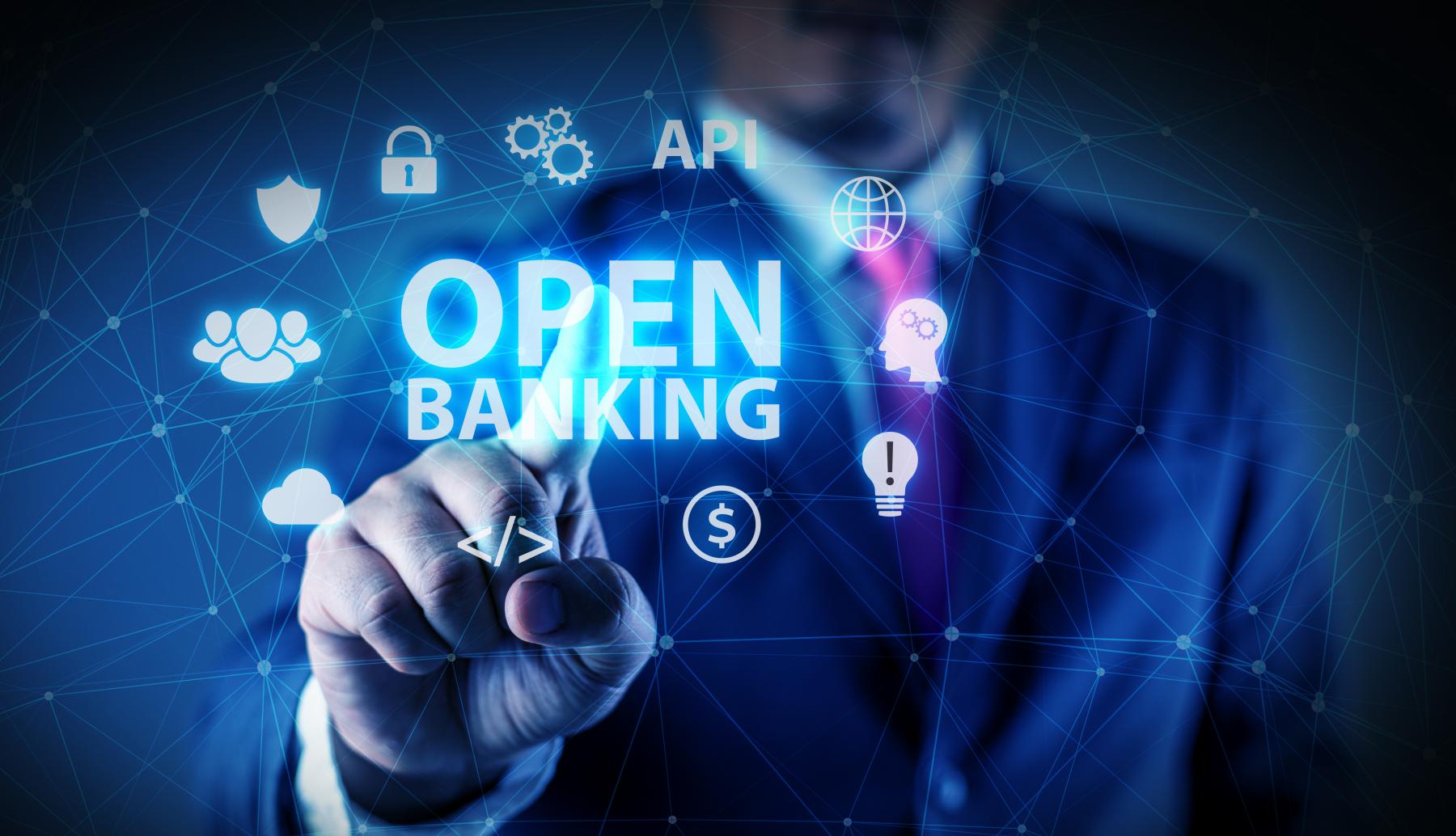
I’ve been looking at where we are in 2022, compared with 2012. In 2012, everyone was talking about FinTech disrupting and destroying the dinosaur banks; in 2022, banks are buying FinTechs and even launching their own start-up FinTechs
Things have changed.
I blogged a while ago about the phases of FinTech we’re going through, and can summarise it as:
- FinTech 1.0 – destroy and disrupt banks
- FinTech 2.0 – banks create hackathons and innovation theatre
- FinTech 3.0 – banks and start-ups work in sandboxes
- FinTech 4.0 – banks invest in start-ups and bring them into the castle
- FinTech 5.0 – banks integrate FinTechs
Right now, we are in phase 4ish, so we’ve come a long way. But what does Phase 5.0 mean?
It’s basically when you cannot tell the difference between a bank and a FinTech. The problem with that is that banks and banks and FinTechs are Fintechs. There is a difference. It’s the same difference as Banking-as-a-Service (BaaS) and Open Banking. BaaS can only be offered by banks, because it needs to be regulated and licensed; Open Banking can include everyone who has an API.
There’s an important difference here. The key difference is the word bank. For many years I’ve known that anyone who wants to call themselves a bank has to get license to use the word. So, if you hear of anyone calling themselves a bank, there’s an immediate trust.
It’s the reason why so many start-ups don’t use the word bank in their name, because they can’t. They haven’t got a banking license. Just like 007’s license to kill, you need a license to bank.
This is why challenger banks and neobanks find the regulatory hurdles to launch are high. You can launch a start-up in the cloud with an API on a boot-strapped shoe-string; to launch a bank, you need a minimal $20 million just to get the regulatory approvals.
However, back to my point, by the end of this decade most banks will be more like FinTechs because they will have opened their doors to the ecosystem of BaaS. When a bank recognises that it has to deliver BaaS, it will change its attitude. Instead of believing they have to do everything themselves, they will recognise others do things better.
It’s a point I’ve made often – One brilliant thing is way better than 1000 average ones – but when banks finally wake up to an open ecosystem of 1000’s of players who can augment bank services, then we will finally be in a good place. It’s OpenBanking+. It’s when banks embrace digital properly and leverage all of the good things FinTechs can do. It’s a better place.
We’re not far from there, when banks launch FinTechs and also buy them; but the biggest difference is when a bank views FinTechs as a friend and vice versa. For the last decade, there’s been a lot of talk about disruption and destruction; for the next decade, I would rather talk about design, develop and build. It’s far more positive.
Chris M Skinner
Chris Skinner is best known as an independent commentator on the financial markets through his blog, TheFinanser.com, as author of the bestselling book Digital Bank, and Chair of the European networking forum the Financial Services Club. He has been voted one of the most influential people in banking by The Financial Brand (as well as one of the best blogs), a FinTech Titan (Next Bank), one of the Fintech Leaders you need to follow (City AM, Deluxe and Jax Finance), as well as one of the Top 40 most influential people in financial technology by the Wall Street Journal's Financial News. To learn more click here...

